FORMACIÓN INICIAL PARA PROFESORADO DE ENSEÑANZA SECUNDARIA (BRINCONES CALVO, MARÍA ISABEL)

MONIGOTES 2 AÑOS. TERCER TRIMESTRE (CARRIL MARTÍNEZ, ISABEL/FADÓN SALAZAR, CARMEN)

INÉS DE MON ÂME (ALLENDE, ISABEL)
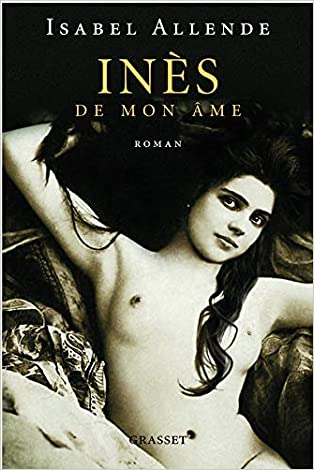
DESIGN TECHNIQUES FOR WINDOW DRESSING . A PRACTICAL GUIDE TO METHODS, MATERIALS AND PROCEDURES (BASTOS BOUBETA, ANA ISABEL / CABEZAS FONTANILLAS, CARMEN)
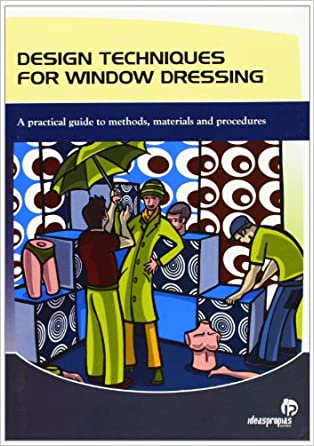 A good professional window dresser must be innovative and creative, intuitive and resourceful, i.e., an artist with a technical and commercial base. They must also possess artistic, marketing and technical skills. Moreover, an excellent sense of colour and light and an ability to create scenic displays is also important. This handguide, published by Ideaspropias Editorial, is a practical guide to the techniques, methods, materials and procedures entailed in the art of window dressing. It also includes resources and real examples that will guide and facilitate your work when designing a shop window. The aim of this training material is give you the knowledge of how to develop the design of a window display, by applying window-dressing techniques based on previously-identified technical, marketing and aesthetic objectives. This practical guide is a reference for all those wishing to design and assemble a window display.
A good professional window dresser must be innovative and creative, intuitive and resourceful, i.e., an artist with a technical and commercial base. They must also possess artistic, marketing and technical skills. Moreover, an excellent sense of colour and light and an ability to create scenic displays is also important. This handguide, published by Ideaspropias Editorial, is a practical guide to the techniques, methods, materials and procedures entailed in the art of window dressing. It also includes resources and real examples that will guide and facilitate your work when designing a shop window. The aim of this training material is give you the knowledge of how to develop the design of a window display, by applying window-dressing techniques based on previously-identified technical, marketing and aesthetic objectives. This practical guide is a reference for all those wishing to design and assemble a window display.ENTEIXINATS MUDEJARS DE LA CATEDRAL DE TARRAGONA, ELS (COMPANYS I FARRERONS, ISABEL / MONTARDIT BOFARULL, NURIA)

GESTIÓN FISCAL. ADGD0108 – GESTIÓN CONTABLE Y GESTIÓN ADMINISTRATIVA PARA AUDITORÍAS (HIDALGO AGUILAR, SARA / CALDERÓN CARRILLO, ISABEL MARÍA)
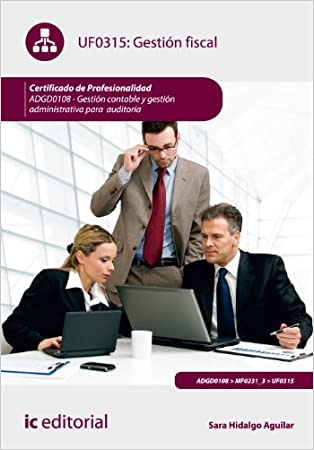
MARIA MAYOL I EL FOMENT DE CULTURA DE LA DONA (GRAÑA ZAPATA, ISABEL)
 Aquesta obra és una aproximació biogràfica a la figura de Maria Mayol i Colom (1883-1959), escriptora, pedagoga, política i activista cultural integrada en el grup d escriptors de l Escola Mallorquina i també és una anàlisi detallada de la seva feina al
Aquesta obra és una aproximació biogràfica a la figura de Maria Mayol i Colom (1883-1959), escriptora, pedagoga, política i activista cultural integrada en el grup d escriptors de l Escola Mallorquina i també és una anàlisi detallada de la seva feina alLE SIÈCLE DES FEMMES (SUBTIL, MARIE-PIERRE/ESHRAGHI, ISABELLE/TAYLOR-LIND, ANASTASIA/BACIGALUPO, MARTINA)

C-5 ANYS(BAL)(PACK 2)TRES TAMB . PROJECTE TRES TAMBORS (VILA RUIZ, ANNA/MOLINER AVELLANEDA, ANNA/BATLLE BACHESTEVE, ESTER/ROCA AMBRÓS, CARME/JÓDAR GUBAU, EMMA/SOLÀ JAURES, ISABEL)
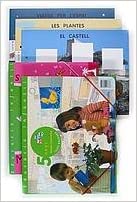 Carpeta de l'alumne per al tercer trimestre de curs que conté el material següent: - Tres quaderns de fitxes - Dos fulls d'adhesius - Cobertes trimestrals - Quadern de Música 3r trimestre - Un quadern de fulls blancs Es ven retractilada juntament amb el material Món de contes 6, la proposta lectora d'Editorial Cruïlla per al 3r trimestre de P5. Inclou els contes següents i els seus quaderns de treball corresponents: - La llebre i la tortuga - El viatge de la Tecla - Menú d'astronauta
Carpeta de l'alumne per al tercer trimestre de curs que conté el material següent: - Tres quaderns de fitxes - Dos fulls d'adhesius - Cobertes trimestrals - Quadern de Música 3r trimestre - Un quadern de fulls blancs Es ven retractilada juntament amb el material Món de contes 6, la proposta lectora d'Editorial Cruïlla per al 3r trimestre de P5. Inclou els contes següents i els seus quaderns de treball corresponents: - La llebre i la tortuga - El viatge de la Tecla - Menú d'astronauta12 CANCIONES PARA FAGOT Y PIANO (PÉREZ BERENGUER, LUCÍA ISABEL)

CUIDADOS PALIATIVOS EN EL PACIENTE ONCOLÓGICO TERMINAL. (MARTÍNEZ. ISABEL CUTILLAS, ARÁNZAZU)
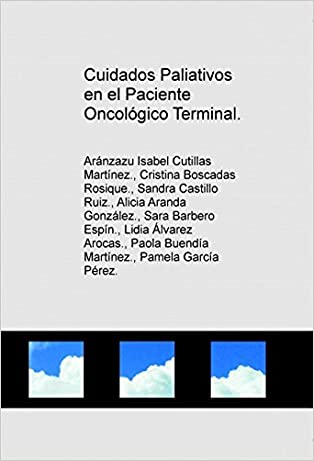 El libro trata de los cuidados paliativos desde sus comienzos , su significado y cómo han ido avanzando a lo largo del tiempo hasta la actualidad. Se habla de la sintomatología propia del paciente oncológico en fase terminal , de su deterioro físico y emocional y de la importancia del papel del médico y familiares durante la enfermedad y hasta el momento de su muerte.
El libro trata de los cuidados paliativos desde sus comienzos , su significado y cómo han ido avanzando a lo largo del tiempo hasta la actualidad. Se habla de la sintomatología propia del paciente oncológico en fase terminal , de su deterioro físico y emocional y de la importancia del papel del médico y familiares durante la enfermedad y hasta el momento de su muerte.MANIFIESTO LEGAL, QUE PROPONEN … EL DR. JUAN ANTONIO RUMBAU, ISABEL MARIA, JOSEPH MARIA, Y MARIA ANTONIA RUMBAU, HIJOS Y HEREDEROS DE THOMAS RUMBAU SU PADRE … (MUSOLES, JOSÉ)

CONSENTIMIENTO INFORMADO: CONFLICTOS ÉTICOS EN ENDOSCOPIA DIGESTIVA (LÓPEZ ESPIN, MARIA ISABEL / DÍAZ IBÁÑEZ, EVA MARÍA)

PA QUÉ NOS VAMÓ A ENGAÑÁ (ESPINOSA Y GARCÍA, ANA ISABEL)

HISTÒRIA DE LA LLENGUA ANGLESA I (POCH HIGUERAS, ANNA / VERDAGUER CLAVERA, ISABEL)
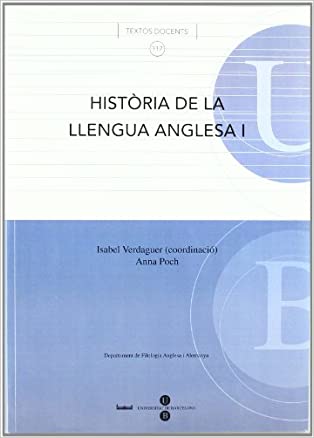 Història de la Llengua Anglesa I is an introductory course, divided into two main blocks..The first part introduces students to the concepts and techniques of diachronic linguistics, and the second part offers a brief survey of the development of the English language. The aim of this guide is, on the one hand, to acquaint undergraduate students with historical linguistics in general, so that they understand the different kinds of change that occur in languages and, on the other, to set English in a historical perspective and view earlier periods as precursors of the modern language.
Història de la Llengua Anglesa I is an introductory course, divided into two main blocks..The first part introduces students to the concepts and techniques of diachronic linguistics, and the second part offers a brief survey of the development of the English language. The aim of this guide is, on the one hand, to acquaint undergraduate students with historical linguistics in general, so that they understand the different kinds of change that occur in languages and, on the other, to set English in a historical perspective and view earlier periods as precursors of the modern language.